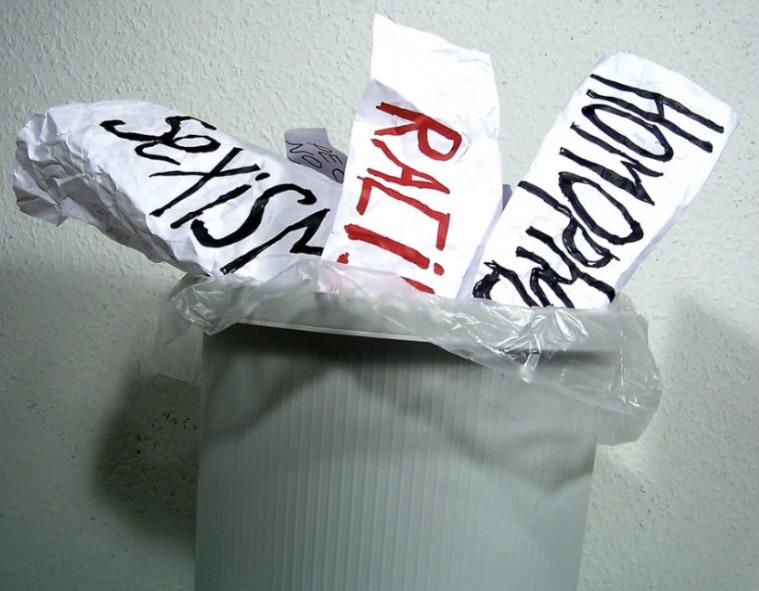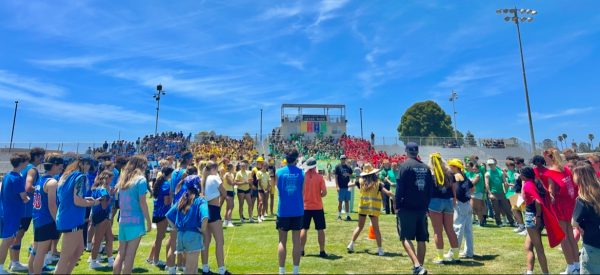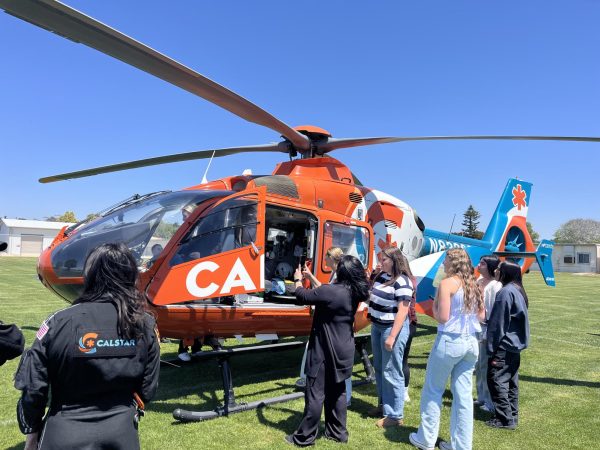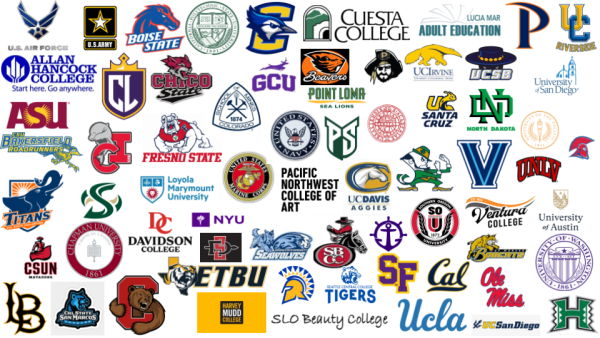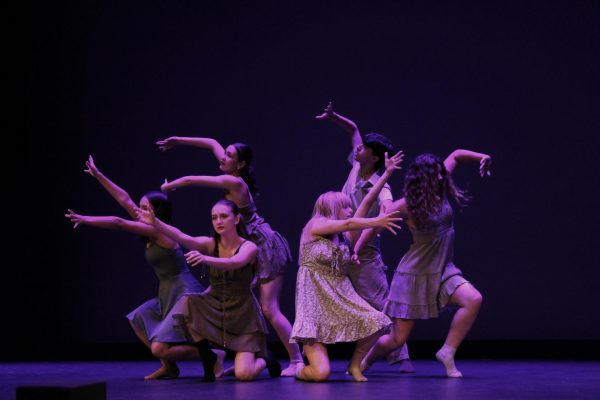Promoting Inclusivity and Tolerance on Campus at AGHS
School Policy, ISM Training and the Inclusion and Equity Comitee
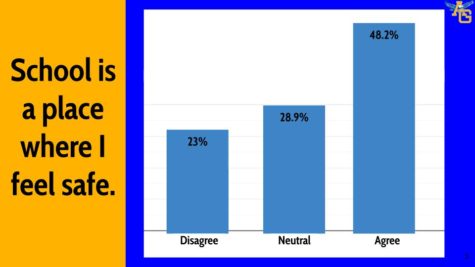
After a year of online school, the Arroyo Grande high-school campus culture had worsened. In an advisory bulletin, last semester Sara Osborne the AGHS area administrator reviewed a student poll on on-campus culture. The responses to questions regarding campus climate, liking school, and feeling welcome/safe were either fairly neutral or negative. Additionally, instances of intolerance such as a homophobic hate crime in the form of vandalism at the beginning of the fall 2021 school year have prompted the administration to take necessary steps to promote inclusivity and improve campus culture.
Due to these issues, the administration, teachers, and staff felt a need for change to promote a safer campus.
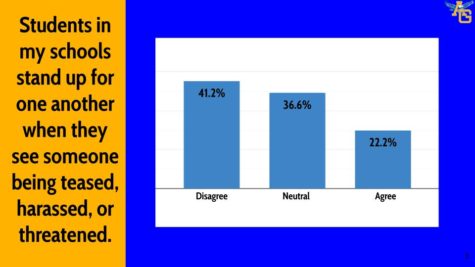
AGHS created an Inclusion and Equity Committee that meets every Thursday to discuss how students are feeling and what can be done to make the school a better environment.
The Committee is made up of school staff, some teachers, and professionals along with a few parents to look at and discuss our campus climate and culture. They are considering the possibility of adding student representatives to the board in the future, which will provide valuable input and perspective. Until then the administration has started speaking with certain groups of students, to get more feedback on what students are experiencing on campus.
The school has worked by investigating complaints by discussing an issue with a reported person and emails from tip lines. This is with the intention of educating a student to change their behavior in the future by working with them to inform them of their consequences and educate them.
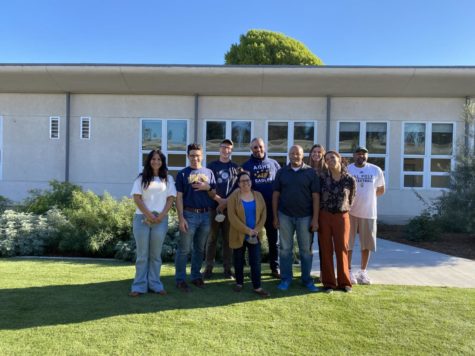
Additionally, teachers on campus have participated in an “ISM” training program. Requested by school staff and teachers this training focuses on how to handle different kinds of “isms” such as racism, sexism, or heterosexism in the classroom and on campus when intolerance occurs.
“Ultimately, teachers want to want to be part of fixing this problem of kids not feeling good and safe on campus… I think some teachers don’t know how to step in when to step in how like which conversation to have, when to do discipline, when to do you know, we were struggling with that, too…The goal is to give us all some tools so that we are handling these things appropriately, in supportive kids so that all kids on campus feel good. And like this is their safe space,” Osborne said.
The training is run by Cal Poly professors Dr. Jennifer Teramoto Pedrotti and Dr. Sarah Macdonald. Dr. Pedrotti is trained as a counseling psychologist and the Associate Dean in the College of Liberal Arts, for Diversity and Curriculum. Throughout her entire career, Pedrotti has held psychoeducational training working within contexts such as multicultural education, and social skills classes, while Dr. Mcdonald is trained as a sociologist and the Assistant Director of Diversity, Equity, and Inclusion in instruction at Cal Poly.
“The goal with this type of training is to help teachers to have the tools to be able to help students,” Pedrotti stated. ” I think lots of times, race or racism or other kinds of isms are things that people feel somewhat unsure of in terms of how to handle those in the moment. A lot of us have kind of a sense of shock, maybe when something like that happens, or just not a ton of comfort in terms of how to handle it. So this training provides some tools and suggestions for how to address isms, in ways that can be educational for students in these areas.”
The ultimate goal of participating in this is to help teachers support students. In cases of intolerance among students, it has been found that this is not a formulaic issue as much as a contextual issue. The hope is that students will be able to learn from these situations in an educational environment so intolerance subsides within the campus community.
“I have felt a positive change but I think, more importantly, teachers have all recorded a much more positive climate…There are still issues, but there are less and I would say, significantly less than we had fall semester,” Principal Dan Neff said.
Student input and continual efforts from teachers and the Equity and Inclusionary Committee are great steps to improve the AGHS climate and culture. But, there is still much to do and the current changes are not designed to be a one size fits all. Determining future needs for inclusivity and tolerance on campus is something the administration plans to continue working on promoting.
Sofia Perrine is a senior and a returning staff member of the AGHS Eagle Times. Despite not considering herself much of a "writer" she finds journalism...

Alexa Min is a junior and new member of the newspaper club this year who enjoys painting, drawing, and other artistic activities. You can often find her...

